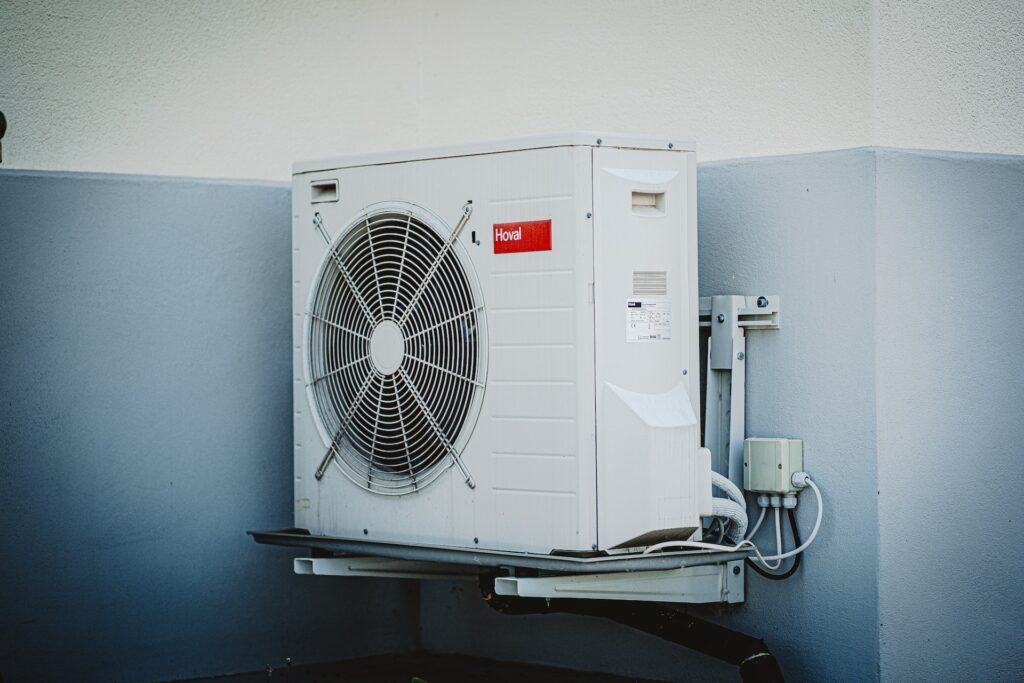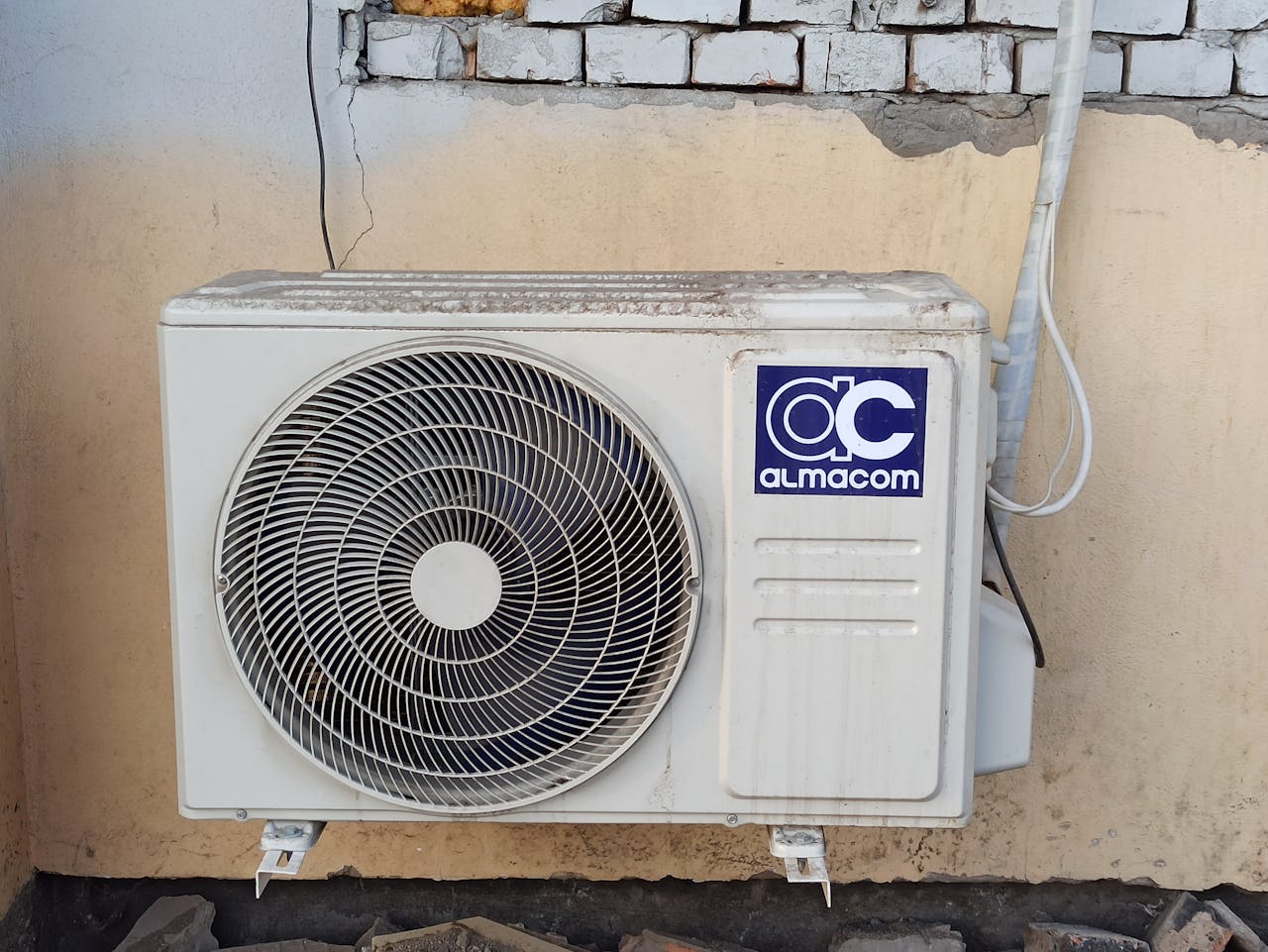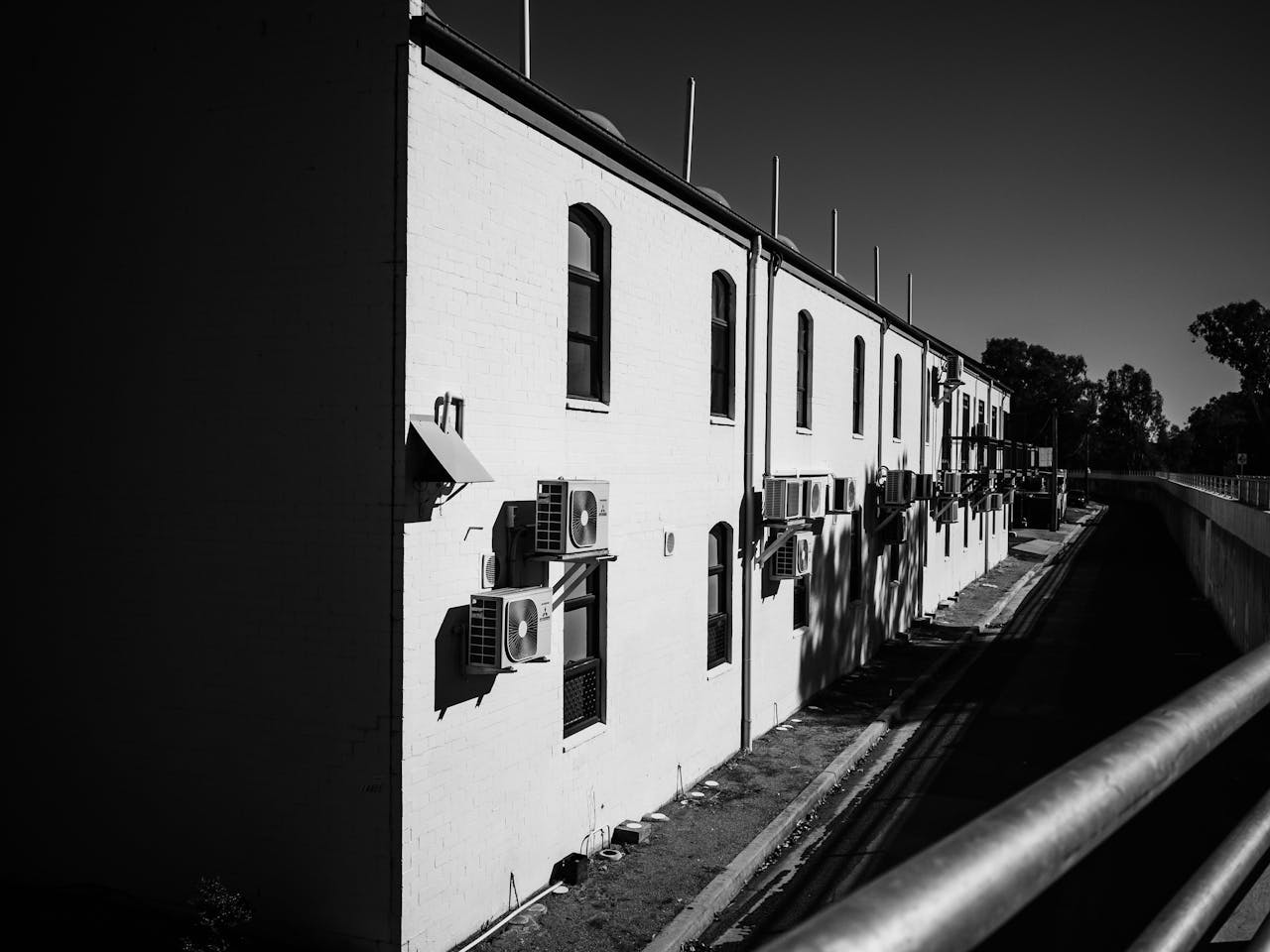A well-designed, installed, and maintained ductwork system is vital for maintaining excellent indoor comfort and energy efficiency in your Denver home. Ductwork is the network of tubes and channels that distribute heated or cooled air from your HVAC system throughout your living space. Ensuring your ductwork is properly designed, installed, and maintained not only prolongs your HVAC system’s life but also improves its performance and energy efficiency.
In this ultimate guide, we will explore the key elements every homeowner should know about ductwork design, installation, and maintenance. Denver’s trusted expert in plumbing, HVAC, and electrical solutions, Doctor Fix-It Plumbing, Heating, Cooling & Electric, is here to help you navigate the world of ductwork and optimize your home’s HVAC performance. Follow along as we dive into ductwork best practices and provide actionable tips to promote your home’s comfort and efficiency.
Ductwork Design Principles for Efficient Airflow
Proper Sizing:
One of the most critical aspects of ductwork design is ensuring proper sizing to meet your HVAC system’s requirements. Ducts that are too small can restrict airflow, leading to decreased efficiency and HVAC system strain. Conversely, oversized ducts can result in reduced air velocity and temperature control issues. It’s essential to work with an HVAC professional to perform load calculations and Manual D duct design calculations based on your home’s specific requirements.
Zoning:
Implementing zoning within your ductwork design enables better temperature control, increased energy efficiency, and improved comfort within your Denver home. Zoning involves dividing your home into separate areas with individual thermostats, allowing you to maintain different temperatures for each zone. This can result in significant energy savings by heating or cooling only the rooms in use.
Ductwork Layout:
A well-planned ductwork layout is crucial for optimizing airflow and HVAC efficiency. Duct runs should be kept as short and straight as possible to minimize air resistance and potential losses. Pay careful attention to duct branching, considering the impact of take-offs, fittings, and branch angles on overall system efficiency.
Key Considerations for Ductwork Installation
Material Selection:
Ductwork is typically constructed using sheet metal, fiberglass, or flexible materials. Each material has its advantages and drawbacks, depending on your home’s layout and HVAC requirements. Sheet metal ducts are durable and resistant to mold growth but can be more expensive. Fiberglass ducts provide better insulation and noise reduction but may be less durable. Flexible ducts are cost-effective and easier to install but must be carefully supported to prevent kinks and restricted airflow.
Sealing and Insulation:
Properly sealing and insulating ducts during installation is vital to achieve maximum efficiency. Ducts should be sealed with mastic or specialized HVAC tape to minimize air leaks, which can cause energy loss and lead to higher utility bills. Insulating your ductwork helps maintain consistent air temperatures, especially in unconditioned areas like attics or crawlspaces.
Ductwork Support and Hanging:
Ductwork must be adequately supported and hung to maintain its structural integrity, prevent sagging, and avoid damaging your HVAC system’s performance. Install hangers, brackets, or straps to provide appropriate support following the manufacturer’s spacing guidelines and local building codes.
Essential Ductwork Maintenance Practices
Regular Inspections:
Ensure your ductwork remains in top condition with routine inspections. Homeowners should check their ducts for signs of damage, including tears, disconnections, or collapsed sections, at least once a year. Address any identifiable problems to avoid negatively impacting your HVAC system’s performance.
Sealing Air Leaks:
Over time, ducts may develop leaks due to wear and tear, damaged seals, or home renovations. Air leaks can compromise your HVAC system’s efficiency and lead to higher energy costs. It’s essential to periodically check your ductwork for air leaks, particularly around seams or fittings, and seal any gaps with mastic or HVAC tape.
Filter Replacement:
Changing your HVAC system’s air filters regularly is an integral part of ductwork maintenance. Dirty or clogged filters can impede airflow, placing stress on your HVAC system, and may result in increased dust accumulation within the ducts. Filters should be replaced every one to three months, depending on your home’s air quality, system usage, and specific filter requirements.
Professional Duct Cleaning:
Although routine dusting and filter replacement can help reduce duct contamination, occasional professional duct cleaning is necessary to remove accumulated debris, mold, and allergens from your ductwork. The National Air Duct Cleaners Association (NADCA) recommends duct cleaning every three to five years, depending on your home’s requirements and personal preferences. It’s essential to choose a reputable company for duct cleaning to ensure proper cleaning techniques are followed, helping prolong the life and efficiency of your HVAC system.
Common Ductwork Problems and their Solutions
Improperly Sized Ducts:
As previously mentioned, improperly sized ducts can lead to significant airflow problems, negatively impacting your HVAC system’s efficiency. If you suspect your ducts are too small or large, consult an HVAC professional to evaluate your duct sizing and recommend appropriate solutions, such as duct adjustments or modifications.
Air Leaks:
Air leaks can occur at any point in the duct system and contribute to increased energy costs. Sealing air leaks with mastic or approved HVAC tape and ensuring proper duct insulation can help address this issue.
Poorly Sealed or Insulated Ducts:
Ducts with inadequate sealing or insulation can cause significant energy loss and inconsistent temperature control. To rectify such problems, homeowners should reseal or re-insulate ducts as needed, considering professional consultation and assistance if necessary.
Inadequate Ductwork Support:
Sagging or poorly supported ducts can hinder airflow and lead to system inefficiency. Regular inspections and proper support installation or reinforcement can help maintain the integrity of ductwork and ensure optimal HVAC performance.
Ensuring Optimal Ductwork Performance for Your Denver Home
Proper ductwork design, installation, and maintenance play crucial roles in the overall performance and efficiency of your home’s HVAC system. By understanding and implementing best practices for ductwork sizing, zoning, material selection, sealing, and insulation, as well as regular inspections and maintenance, you can optimize your HVAC system’s performance, prolong its lifespan, and improve your Denver home’s indoor comfort.
Are you looking to upgrade or maintain your home’s ductwork to achieve optimal HVAC performance? Trust the expert team at Doctor Fix-It Plumbing, Heating, Cooling & Electric, Denver’s reliable provider of plumbing, HVAC, and electrical solutions. Our dedicated professionals can help you navigate ductwork design, installation, and maintenance to ensure your home remains comfortable, energy-efficient, and healthy. Contact us today to schedule a consultation, and let us help you with our
plumbing services in Denver, CO.

















